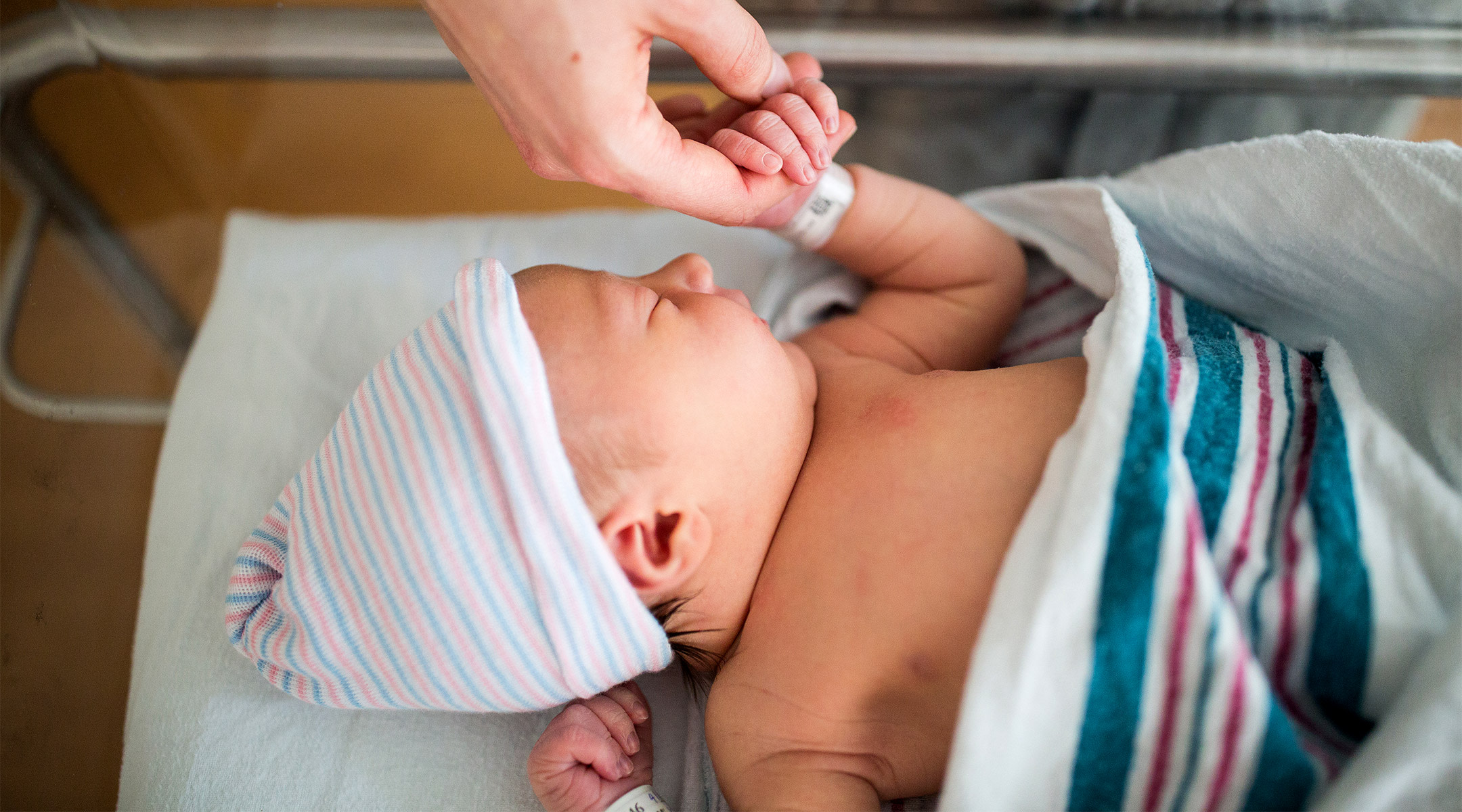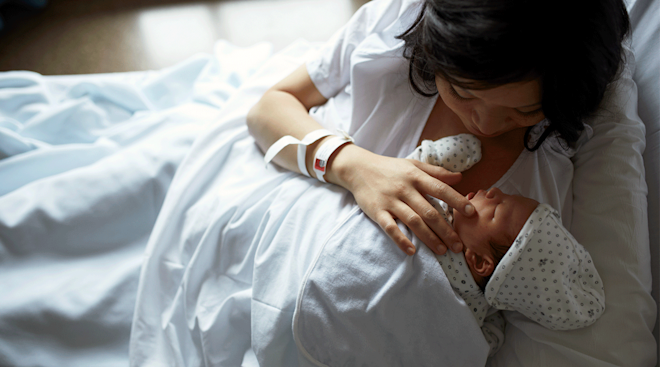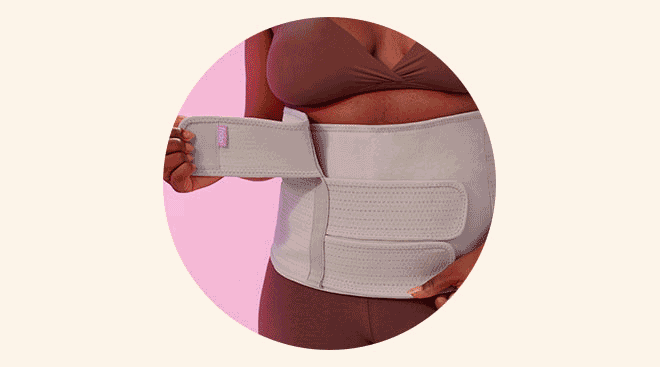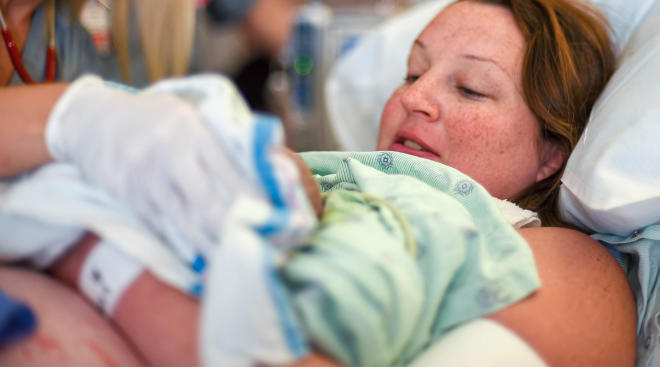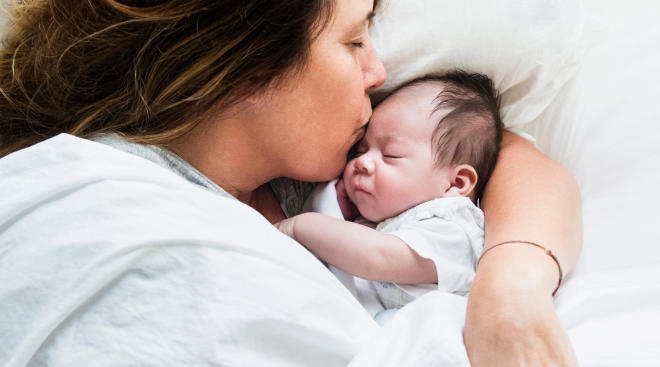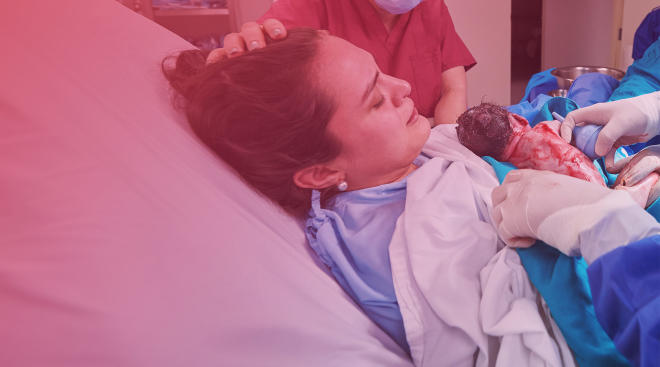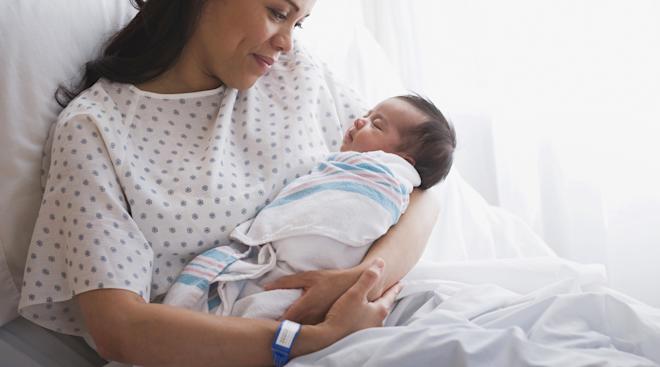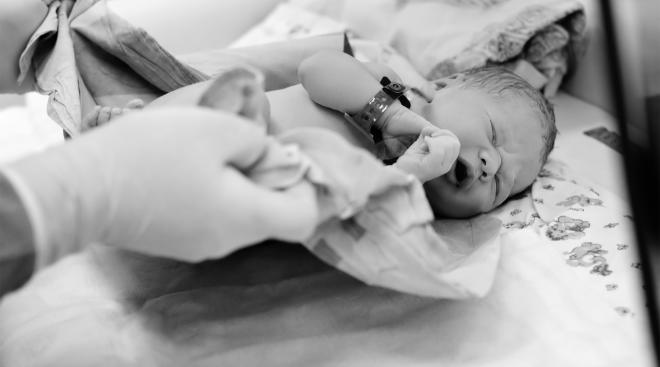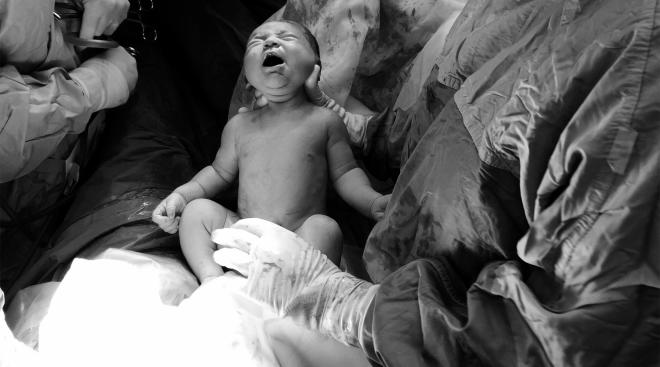C-Section Births Have Nearly Doubled Worldwide Since 2000, Study Finds
The amount of pregnant women who give birth by cesarean section has dramatically increased in the 21st century. The number has spiked from about 16 million (12.1 percent of all births) in 2000 to 29.7 million (21.1 percent of all births) in 2015, according to a study published in the journal The Lancet. The survey pools data from 169 countries.
“We knew that globally, c-section rates were increasing for quite some time now, but that now more than one in five babies are delivered by c-section is striking,” Ties Boerma, the study’s lead author, comments.
C-sections are typically reserved for conditions which may include prolonged labor, placenta abnormalities, cord prolapse, distress of the fetus, certain diseases and if the baby is in an abnormal position. Medical experts say about 10 percent and 15 percent of births require the surgery, which can be life-saving, and, in turn, the worldwide rates should match that number.
It’s considered to be a major surgery, so it can potentially lead to more complications for you and baby than a vaginal birth. But if your health or the health of your child is at risk during childbirth, it may also be the safest way to bring baby into the world.
Women in some countries have been more inclined to request c-sections for other reasons, including negative experiences with natural births and a fear of labor pain, but the study says there are no benefits of employing the procedure without a medical reason.
C-section births are the highest in the Dominican Republic, Brazil, Egypt, Turkey and Venezuela, where they account for more than half of all the births. In the US, 32 percent of births were by c-section in 2015, an increase from 23 percent in 2000. In the UK, 26.2 percent of births were by c-section in 2015, up from 19.7 percent in 2000.
Other reasons for the rise in c-sections are an increase in births with the global population growing, and more access to medical facilities worldwide, the study says.
Coinciding with the study, the Word Health Organization (WHO) published new guidelines to help reduce the worldwide increase in c-section rates. It recommends more interventions to support meaningful conversations with doctors for informed decisions on the best method of delivery for you and your baby.
Whether you’re planning a vaginal birth or a c-section, here’s what you need to know to put your mind at ease on delivery day.
Please note: The Bump and the materials and information it contains are not intended to, and do not constitute, medical or other health advice or diagnosis and should not be used as such. You should always consult with a qualified physician or health professional about your specific circumstances.
Navigate forward to interact with the calendar and select a date. Press the question mark key to get the keyboard shortcuts for changing dates.
































